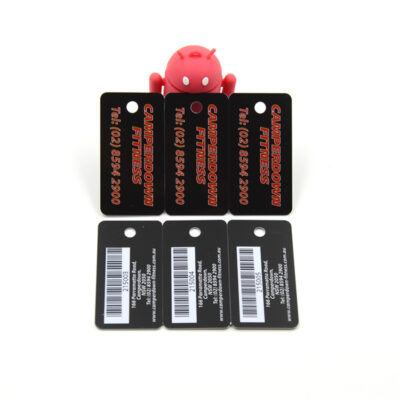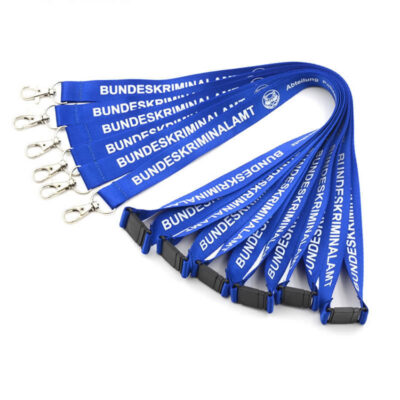How secure are RFID wristbands?
RFID wristbands are becoming increasingly popular in a variety of applications, including event management, access control, and cashless payment systems. One of the primary concerns for both users and organizations is the security of these wristbands. Understanding the security of RFID wristbands requires examining their technology, data protection measures, and potential vulnerabilities.
1. Unique Identifier
Each RFID wristband has a unique identifier embedded in its RFID chip. This identifier is linked to a database that stores relevant information, such as user credentials and access rights. The uniqueness of each wristband helps prevent unauthorized duplication and ensures that only authorized users can access specific areas or services.
2. Data Encryption
Many RFID wristbands use encryption technology to protect the data transmitted between the wristband and the RFID reader. Encryption scrambles the data, making it unreadable to anyone who intercepts the signal. This added layer of security helps protect sensitive information, such as personal and payment data, from potential eavesdroppers or hackers.
3. Limited Scope
RFID technology has a limited operating range, typically ranging from a few centimeters to several meters, depending on the type of RFID system used. This shorter range reduces the risk of unauthorized scanning, as an attacker would need to be close to the wristband to access its data. This inherent limitation enhances the security of RFID wristbands in crowded environments.
4. Anti-tampering
Many RFID wristbands are tamper-resistant, making the RFID chip difficult to tamper with or remove unless the wristband itself is damaged. This ensures the wristband remains intact and functional throughout its intended use, further enhancing security.
5. Access Control and Monitoring
RFID wristbands are often used in conjunction with access control systems to monitor and record all interactions. This means any unauthorized entry into restricted areas will be tracked and recorded, allowing organizations to quickly respond to potential security breaches.
Potential Vulnerabilities
While RFID wristbands offer a variety of security features, they are not completely without vulnerabilities. Some potential risks include:
Eavesdropping: Without encryption, an attacker could potentially intercept data transmitted between the wristband and the reader.
Cloning: If the wristband’s unique identifier is not adequately protected, it may be cloned, allowing unauthorized access.
Physical theft: If a wristband is lost or stolen, someone else may be able to use it to gain access to restricted areas or services.
Overall, RFID wristbands offer a secure solution for a variety of applications thanks to their unique identification, data encryption, limited range, and tamper-proof features. However, organizations must implement best practices, such as using strong encryption methods and monitoring access, to mitigate potential vulnerabilities. By understanding existing security measures and maintaining vigilance, users can confidently use RFID wristbands for their intended purpose while minimizing risk.






